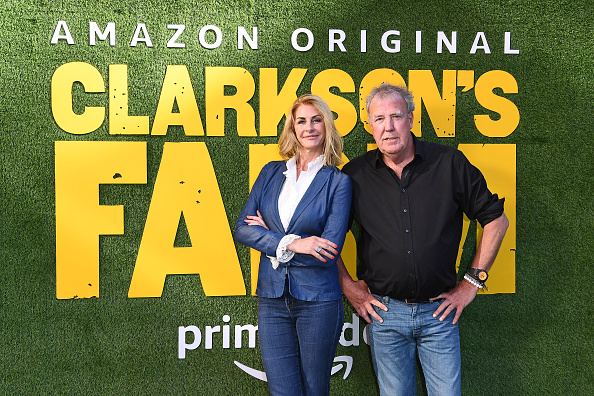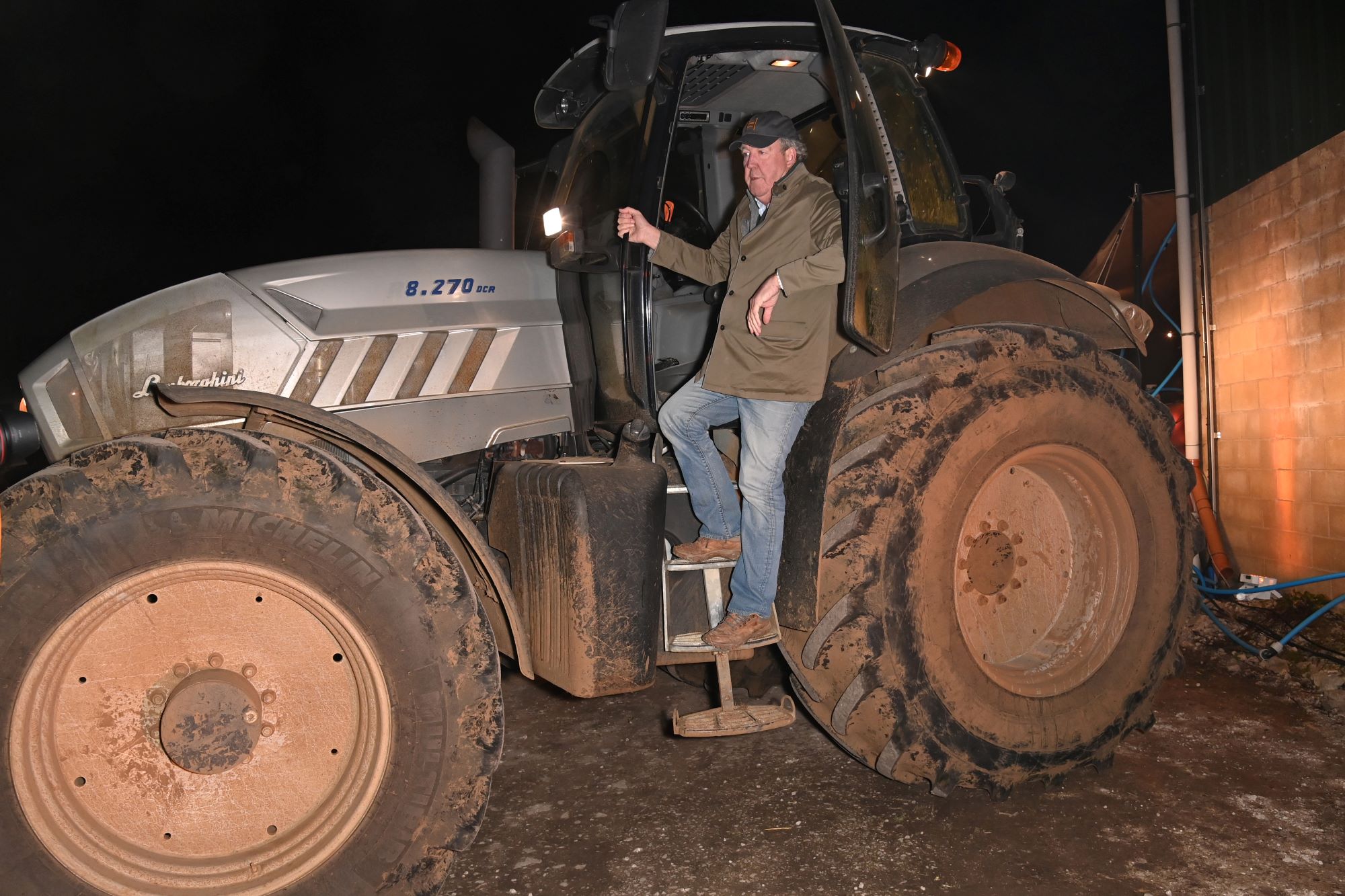Jeremy Clarkson did a thing! MPs change permitted development law after planning 'loophole' row
The TV presenter and author opened a restaurant on his farm - but fell foul of planning officials

Permitted development rights have today been altered to give farmers greater powers over what they do with their agricultural buildings after the issue was highlighted by Jeremy Clarkson.
Environment Secretary Steve Barclay has said he wants to make it easier for farmers to diversify by extending permitted development rights following complaints from TV presenter Jeremy Clarkson, who appears in a television series about his farm in the Cotswolds – Diddly Squat Farm.
It has now been announced that changes to permitted development rights will come into affect from 21 May meaning farmers will be given more rights to convert, extend and change the use of agricultural buildings without needing planning permission.
Many of these changes will also apply within protected landscapes, including national parks and national landscapes, however it will also stop any permitted development near scheduled monuments.
What were Clarkson’s concerns?
Clarkson has been at odds with West Oxfordshire District Council over his expansion of the farm business to include a restaurant.
Planning officials ordered the star to close the restaurant after two planning applications were rejected, even after Clarkson tried to get round the problem by using permitted development rights.
Clarkson called the decision "a very bad day for farming" and asked for an overhaul of the planning rules, saying the council had been influenced by villagers.
Get the Homebuilding & Renovating Newsletter
Bring your dream home to life with expert advice, how to guides and design inspiration. Sign up for our newsletter and get two free tickets to a Homebuilding & Renovating Show near you.
Neither Clarkson nor the council clarified specifically why the restaurant was in breach, but the council did tell Homebuilding & Renovating that it was investigating whether the restaurant's opening was "compliant".
The former Top Gear presenter appears to have pulled out of opening a restaurant altogether, but Clarkson won his appeal for his farm’s car park.
What are the new changes to permitted development rights?

Speaking in the Commons, Mr Barclay said: "My focus and the farming minster's focus is on food production and food security, and ensuring that is viable for our farmers.
"But diversification is also an important part, so I'm in very advanced discussions with [Mr Gove] on extending permitted development rights... that a certain very famous farmer has raised in terms of his frustrations in Oxfordshire.
"So I want to streamline permitted developments and make it easier for farmers to diversify, but, first and foremost, farmers want to produce food and that is my key focus."
Four permitted development rights get more scope
The changes affect four key permitted development rights in The Town and Country Planning Amendment Order (General Permitted Development, etc) 2024 concerning agricultural development and the change of use of agricultural buildings.
- Allowing larger farm buildings to be converted to a wider range of uses These changes will mean increases in floorspace from agricultural use to "flexible commercial use" from 500 square metres to 1,000 square metres. Meanwhile from an agricultural unit to a home, this will also increase to 1,000 square metres from 865 square metres
- Allowing larger agricultural buildings and extensions to be erected The ground cover is increasing from 1,000 square metres to 1,500 square metres where a farm is larger than 5 hectares in size. For smaller farms, this will only be 1,250 square metres. Cubic content limits will also increase from 20% to 25% of the original building's size.
- Allowing farmers to use agricultural buildings for more uses This will include the ability to process raw goods produced on site and which are to be sold on site (excluding livestock) as well as for agricultural training and outdoor sports and recreation in the curtilage of an agricultural building
- Allowing farmers to convert buildings on agricultural units and former agricultural buildings to a larger number of homes There will now be a single maximum floorspace limit of 150 square metres but up to 10 homes will now be able to be created, up from 5, with a total of 1,000 square metres of floorspace allowed to be have change of use. However this particular permitted development right will not be possible in protected landscapes
Not everyone is happy about the intervention
Labour MP Barry Sheerman questioned if Mr Barclay had spoken to the National Farmers' Union (NFU) or the "celebrity farmer", later revealed as Clarkson.
He said: "Farmers don't know where they're going or how they're going to face the future because there is no plan under this incompetent administration."
Mr Barclay said he regularly engaged with NFU colleagues.
It has been announced that from the 21st of May farmers will no longer be required to submit a planning application for specific types of development such as the change of use of agricultural buildings.
But prior approval will still be needed
In a blog post explaining the new changes to the law, it states that farmers will still need to get prior approval. Prior approval is a condition given to certain permitted development rights whereby an application must still be submitted to the local planning authority to agree the changes. This gives the local council the opportunity to assess the impact it might have on the local area and how it might be mitigated.
It said: "Use of these permitted development rights remain subject to their existing approvals by the local planning authority. This allows planning matters to be considered in consultation with the local community.
"For example, to change agricultural buildings to homes and flexible commercial use, individuals must seek prior approval from the local planning authority for specific issues and risks including transport and flooding.
"These prior approvals vary across permitted development rights. For example, to extend or erect agricultural buildings, individuals must seek approval for the building's design and external appearance instead.
Sam is based in Coventry and has been a news reporter for nearly 20 years. His work has featured in the Mirror, The Sun, MailOnline, the Independent, and news outlets throughout the world. As a copywriter, he has written for clients as diverse as Saint-Gobain, Michelin, Halfords Autocentre, Great British Heating, and Irwin Industrial Tools. During the pandemic, he converted a van into a mini-camper and is currently planning to convert his shed into an office and Star Wars shrine.

